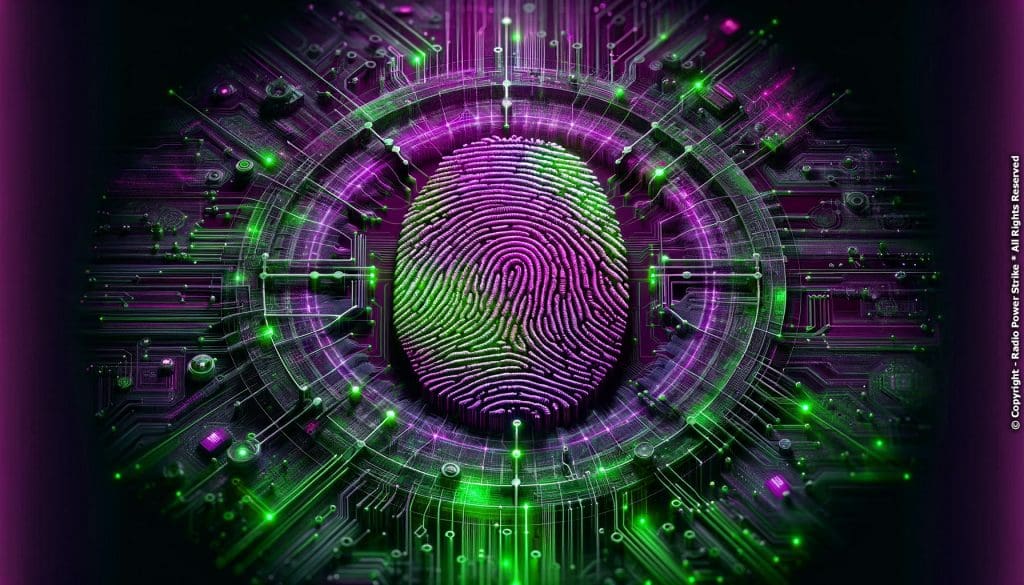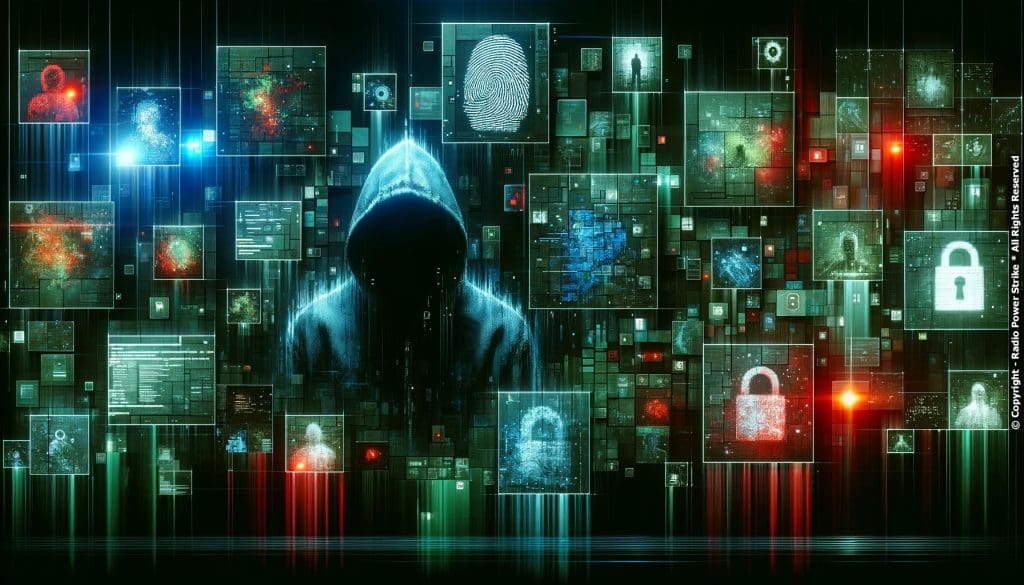The Human Factor in Cyber Security: Addressing Insider Threats
Understanding and Mitigating Insider Threats in the Digital Age

Cybersecurity isn’t just about technology; it’s also about the people using it. While businesses ramp up their defenses against external hackers, the threat from within – be it unintentional or malicious – remains a critical concern. This article delves deep into the human factor in cyber security, unpacking the nature of insider threats and suggesting actionable strategies to address them.
The Nature of Insider Threats

Insider threats stem from individuals within an organization who have access to sensitive information. This could be employees, contractors, or business partners. Contrary to popular belief, not all insider threats are malicious. Some arise from simple negligence or oversight.
For instance, an employee might accidentally leave a logged-in device in a public place or fall prey to phishing schemes, granting unauthorized access to company data. In more sinister scenarios, disgruntled employees or collaborators with malicious intentions might deliberately leak or sabotage information.
It’s important to recognize that while technology can mitigate some risks, the unpredictability and complexities of human behavior make insider threats particularly challenging to address.
Real-life Examples of Insider Threats

One of the most notable examples of an insider threat is the case of Edward Snowden, a contractor for the National Security Agency (NSA). In 2013, Snowden leaked a vast number of classified documents to journalists, highlighting extensive global surveillance programs.
Another instance is the 2016 Sage Group data breach, where an internal employee was arrested for leaking personal details of the company’s clients. These examples underscore the significant potential damage that insider threats can inflict, ranging from reputational harm to financial and operational consequences.
These scenarios highlight the imperative for businesses to be vigilant, proactive, and to continually educate their workforce about the importance of cyber hygiene.
Strategies to Combat Insider Threats

Training and awareness are the first lines of defense. Regular cybersecurity training sessions can equip employees with the knowledge to identify and counteract potential threats. By promoting a security-first culture, businesses can reduce the risk of unintentional breaches.
Technological solutions like Data Loss Prevention (DLP) tools, User and Entity Behavior Analytics (UEBA), and strict access controls can also play pivotal roles in detecting and preventing insider threats. For instance, if an employee tries to access data they don’t typically work with, these tools can flag the activity for review.
Additionally, maintaining open channels of communication is essential. Encouraging employees to report suspicious activities or potential vulnerabilities can nip potential threats in the bud. Whistleblower policies and anonymous reporting mechanisms can further bolster this strategy.
In the digital age, cyber threats from within the organization remain a potent risk. Through comprehensive strategies blending technology, training, and culture, businesses can safeguard their assets, reputation, and future.
Glossary
Cybersecurity Training
Educational programs aimed at enhancing employees’ awareness and knowledge about cyber threats and safe practices.
Phishing Schemes
Fraudulent attempts to obtain sensitive information by disguising as trustworthy entities in electronic communication.
Data Loss Prevention (DLP) Tools
Software that detects potential data breaches and prevents unauthorized data transmission.
User and Entity Behavior Analytics (UEBA)
Technologies that analyze user behavior to detect anomalies that might indicate a threat.
Insider Threat
A risk posed by individuals within an organization who have access to sensitive information and systems.
Cyber Hygiene
Practices and steps individuals take to maintain system health and improve online security.
Whistleblower Policies
Procedures that enable employees to report illegal activities or threats within an organization anonymously.
Frequently Asked Questions
What constitutes an insider threat?
Insider threats come from individuals within the organization, including employees, contractors, or partners, who misuse access to harm the organization.
How can organizations prevent insider threats?
Organizations can implement regular cybersecurity training, employ DLP tools, UEBA, and establish strong access controls.
What are some common signs of insider threats?
Unusual access requests, data transfers, and changes in employee behavior can be indicators.
How effective is cybersecurity training in preventing insider threats?
Proper training can significantly reduce the risk of accidental breaches and raise awareness about malicious activities.
What role do DLP tools play in cybersecurity?
DLP tools help prevent unauthorized access and transmission of sensitive information, playing a critical role in safeguarding data.
Can technology alone prevent insider threats?
While technology is crucial, a comprehensive approach that includes training and fostering a security-first culture is necessary for effectiveness.
How important is it for employees to report suspicious activities?
Employee vigilance and prompt reporting of unusual activities are key in early detection and prevention of insider threats.

Comments are closed, but trackbacks and pingbacks are open.